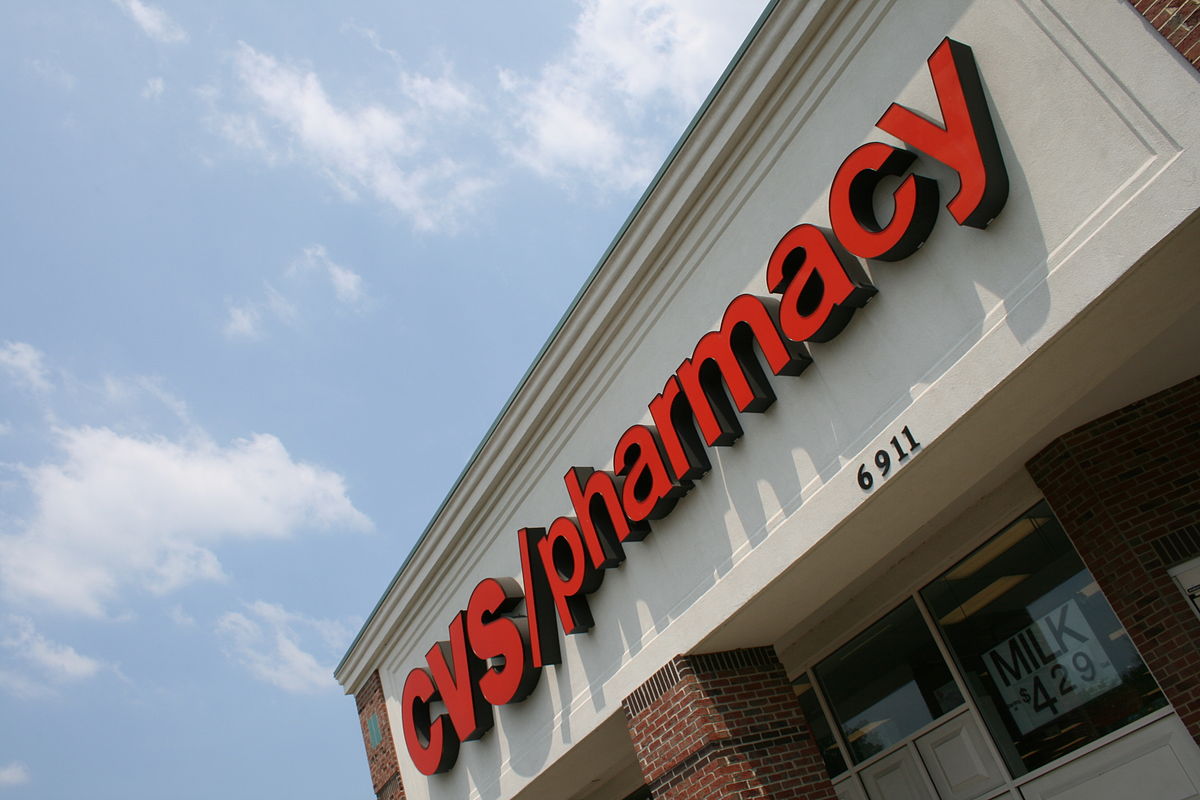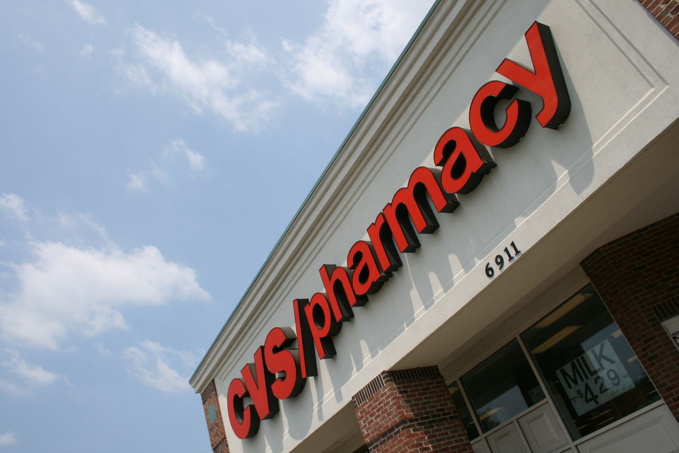On Wednesday, Kevin Hourican, Executive Vice Presiden of the largest US drugstore chain CVS (about 9,600 stores in 49 states), said during a conference call with analysts that the company will open about 100 new pharmacies this year, while it usually has been opening around 300 stores a year. The company plans to open only 50 new pharmacies . The same day, the second largest pharmacy chain in the United States, Walgreens (about 9,500 pharmacies) announced that it would close about 200 points of sale.
In May, CVS already announced that 46 of its unprofitable pharmacies would be closed, and another 1,500 would be reformatted. In turn, Walgreens previously set itself the goal of cutting costs by $ 1.5 billion by 2022 as part of a "transformation of the management system."
American observers point out that these reductions are the largest for Walgreens since 2015, when after optimizing the purchase of rival Rite Aid, it optimized its sales network. Figures of Walgreens are falling: for the second quarter of the fiscal year, net profit was $ 1 billion, which is 23% less than a year earlier.
Analysts note that traditional pharmacy chains are suffering from growing competition for online sales of OTC drugs and health products, despite the fact that they have invested heavily in developing their own online sales channels in recent years. The pressure on the traditional pharmacy business grew in the last year when the Internet giant Amazon bought PillPack online pharmacy for $ 750 million. Thanks to the streamlined and extensive Amazon delivery system, the purchase of drugs has become much more affordable.
The decline in profits forces pharmacists to revise plans to expand, or even reduce the number of pharmacies. A similar trend has been observed for several years in the US retail sector of consumer goods.
Another factor reducing profitability of traditional pharmacies has been the active spread of generics in the US market. According to The Wall Street Journal, about 90% of drug sales come from cheaper counterparts in the United States. Analysts believe that pharmacy chains have to seriously change in order to stay afloat and not repeat the fate of their retail colleagues.
source: cnbc.com
In May, CVS already announced that 46 of its unprofitable pharmacies would be closed, and another 1,500 would be reformatted. In turn, Walgreens previously set itself the goal of cutting costs by $ 1.5 billion by 2022 as part of a "transformation of the management system."
American observers point out that these reductions are the largest for Walgreens since 2015, when after optimizing the purchase of rival Rite Aid, it optimized its sales network. Figures of Walgreens are falling: for the second quarter of the fiscal year, net profit was $ 1 billion, which is 23% less than a year earlier.
Analysts note that traditional pharmacy chains are suffering from growing competition for online sales of OTC drugs and health products, despite the fact that they have invested heavily in developing their own online sales channels in recent years. The pressure on the traditional pharmacy business grew in the last year when the Internet giant Amazon bought PillPack online pharmacy for $ 750 million. Thanks to the streamlined and extensive Amazon delivery system, the purchase of drugs has become much more affordable.
The decline in profits forces pharmacists to revise plans to expand, or even reduce the number of pharmacies. A similar trend has been observed for several years in the US retail sector of consumer goods.
Another factor reducing profitability of traditional pharmacies has been the active spread of generics in the US market. According to The Wall Street Journal, about 90% of drug sales come from cheaper counterparts in the United States. Analysts believe that pharmacy chains have to seriously change in order to stay afloat and not repeat the fate of their retail colleagues.
source: cnbc.com



















